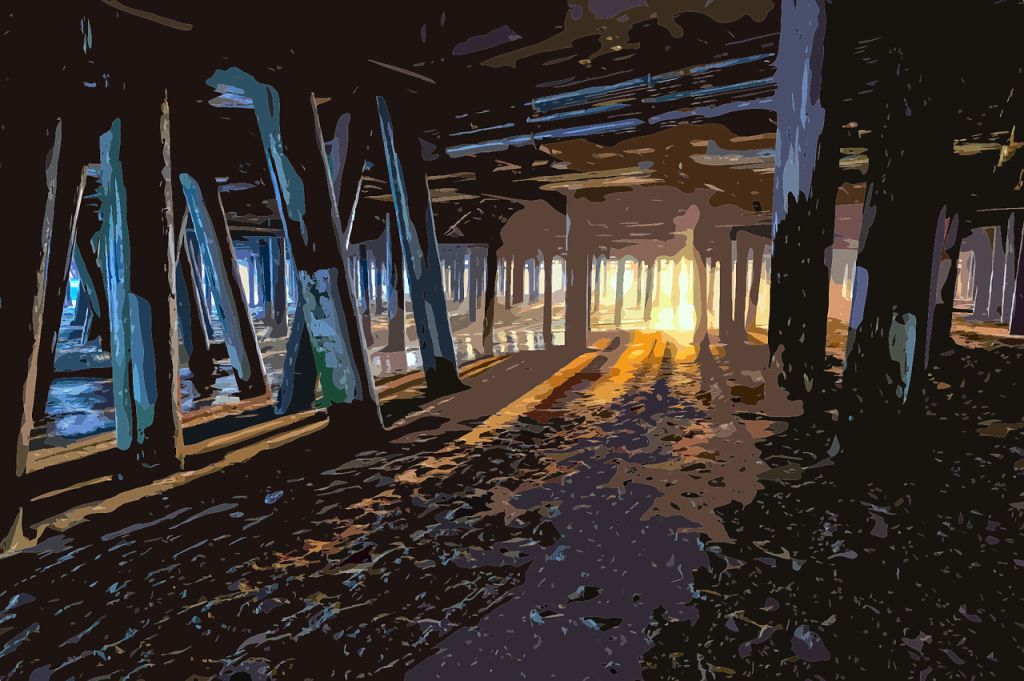Graphic Art

Graphic art fuses ancient hieroglyphics’ storytelling and modern digital design’s limitless possibilities. Picture the Renaissance’s intricate manuscripts merging with the vibrant silkscreens of Andy Warhol. Tools like Adobe Illustrator and traditional screen printing allow you to create stunning visuals. Embrace minimalist designs, abstract expressions, and color psychology to evoke emotions in your pieces. Imagine transforming your living space with a bold Bauhaus print or adding delicate beauty with Sylvia Takken’s ‘Floating Flowers.’ With these elements, graphic art becomes a dynamic tapestry of history and innovation. Discover how it enhances both creativity and personal spaces.
Key Points
- Graphic art blends visual and written communication, evolving from ancient hieroglyphics to modern digital techniques.
- Influential artists like Andy Warhol and Sylvia Takken have shaped contemporary graphic art.
- Modern tools like Adobe Illustrator and Photoshop offer limitless creative possibilities.
- Minimalist designs and abstract expressions are current trends in graphic art.
- Graphic art posters enhance living and working spaces with personality and modern flair.
The Evolution of Graphic Art
When you trace the evolution of graphic art, you’ll see it stretches back to ancient Egypt where hieroglyphics served as the earliest engaging blend of visual and written communication. This historical influence laid the groundwork for artistic expression and cultural impact.
Fast forward to the Middle Ages, where illuminated manuscripts intertwined art with religious texts, enhancing their visual appeal. Gutenberg’s printing press in 1450 marked a pivotal technological advancement, revolutionizing mass production and spreading graphic art widely. The Renaissance further propelled this with printed manuscripts that disseminated classical learning.
Tools and Techniques
As graphic art evolved through the ages, today’s designers wield a diverse arsenal of tools and techniques that push creative boundaries and redefine visual storytelling. You’ll find that blending traditional techniques with modern software opens up limitless possibilities. For instance, Adobe Illustrator and InDesign are perfect for precise vector graphics and layout design, while Photoshop excels in detailed bitmap graphics editing. Prefer free software? GIMP and Inkscape are fantastic alternatives. Mastering artistic processes like camera work, registration, and masking is essential.
| Traditional Techniques | Modern Digital Tools |
|---|---|
| Hand-drawing | Adobe Illustrator |
| Screen Printing | Adobe Photoshop |
| Collage | InDesign |
| Lithography | GIMP |
| Etching | Inkscape |
Embrace these tools to revolutionize your creative workflow!
Influential Graphic Artists
Immerse yourself in the world of influential graphic artists, where icons like Andy Warhol and Sylvia Takken shape the landscape with their visionary creations. Warhol’s iconic silkscreens of soup cans and famous faces meld with whimsical illustrations for prestigious New York magazines, leaving an indelible cultural impact.
Sylvia Takken’s ‘Floating Flowers’ print epitomizes her artistic vision, blending delicate beauty with bold creative expressions. Boris Draschoff, or Kubistika, is captivated by prints like ‘Rising’ and ‘Birds Fly Away,’ which resonate deeply with modern art enthusiasts.
Matisse’s ‘Blue Nude II’ continues to inspire with its striking use of colour and form. Rebecca Zwanzig of High West Wild offers fresh perspectives through unique, contemporary designs like the ‘Paige’ print, enriching graphic art’s dynamic dialogue.
Contemporary Trends
In today’s vibrant design landscape, contemporary graphic art bursts forth with an array of expressive styles and bold colours that can transform any space.
You’ll find minimalist designs and abstract expressions dominating the scene, each leveraging colour psychology to evoke emotion and set the tone. Modern aesthetics blend seamlessly with these striking visuals, offering everything from bold typography prints to dynamic photo art.
Pieces like the Abstract Green Shapes No1 Print and Graphic Shapes Texture No1 Print are prime examples, priced affordably with a 40% discount. These prints provide both depth and versatility, allowing you to personalize your decor with ease.
Dive into this world where every piece tells a story, enhancing your environment with artistic flair.
Incorporating Graphic Art in Spaces
Transforming your living space with graphic art posters is an exciting way to infuse personality and modern flair into any room. Imagine a Bauhaus Circles Print adding sophistication to your office or a Graphic Shapes Texture No1 Print bringing visual interest to your living room. Typography prints and photo art can also complement your design, creating a personalized gallery wall.
| Space | Suggested Art Style | Impact |
|---|---|---|
| Living Room | Graphic Shapes Texture | Adds depth and visual interest |
| Workplaces | Bauhaus Design Prints | Promotes modern, minimalist aesthetic |
| Retail Spaces | Typography and Photo Art | Enhances atmosphere, making spaces feel more engaging and dynamic |
Graphic art in workplaces and retail spaces isn’t just decorative; it transforms environments, making them more engaging and visually appealing.
Frequently Asked Questions
What Is Considered Graphic Art?
You’ll find that graphic art includes digital media and print advertisements. It’s where creativity meets technical skill, blending typography, illustrations, and photography to create compelling visuals for posters, packaging, logos, websites, and more.
What Is an Example of Graphic Art?
You’ll find examples of graphic art in a stunning digital illustration or a compelling poster design. Imagine vibrant colors, dynamic shapes, and intricate details seamlessly merging to create a visually enthralling and emotionally resonant piece.
What Defines a Graphic Artist?
You’re defined as a graphic artist by your career pathways and skill requirements. Mastering design software, honing creativity, and understanding client needs are essential. Your detailed, visual work transforms ideas into engaging, effective designs.
What Is the Difference Between Art and Graphic Art?
You’ll find digital media in both art forms, but art is more about self-expression. Graphic art focuses on visual communication, using design elements to convey clear messages in commercial contexts, like advertising or web design.
Conclusion
You’ve journeyed through the vibrant evolution of graphic art, exploring tools, techniques, and influential artists who’ve left unforgettable marks.
Today, contemporary trends breathe new life into this dynamic field, shaping spaces with mesmerizing visuals.
So, don’t hesitate—embrace graphic art in your world. Let its colours and forms transform your surroundings, telling stories that captivate and inspire.
Author: Victoria Williams

